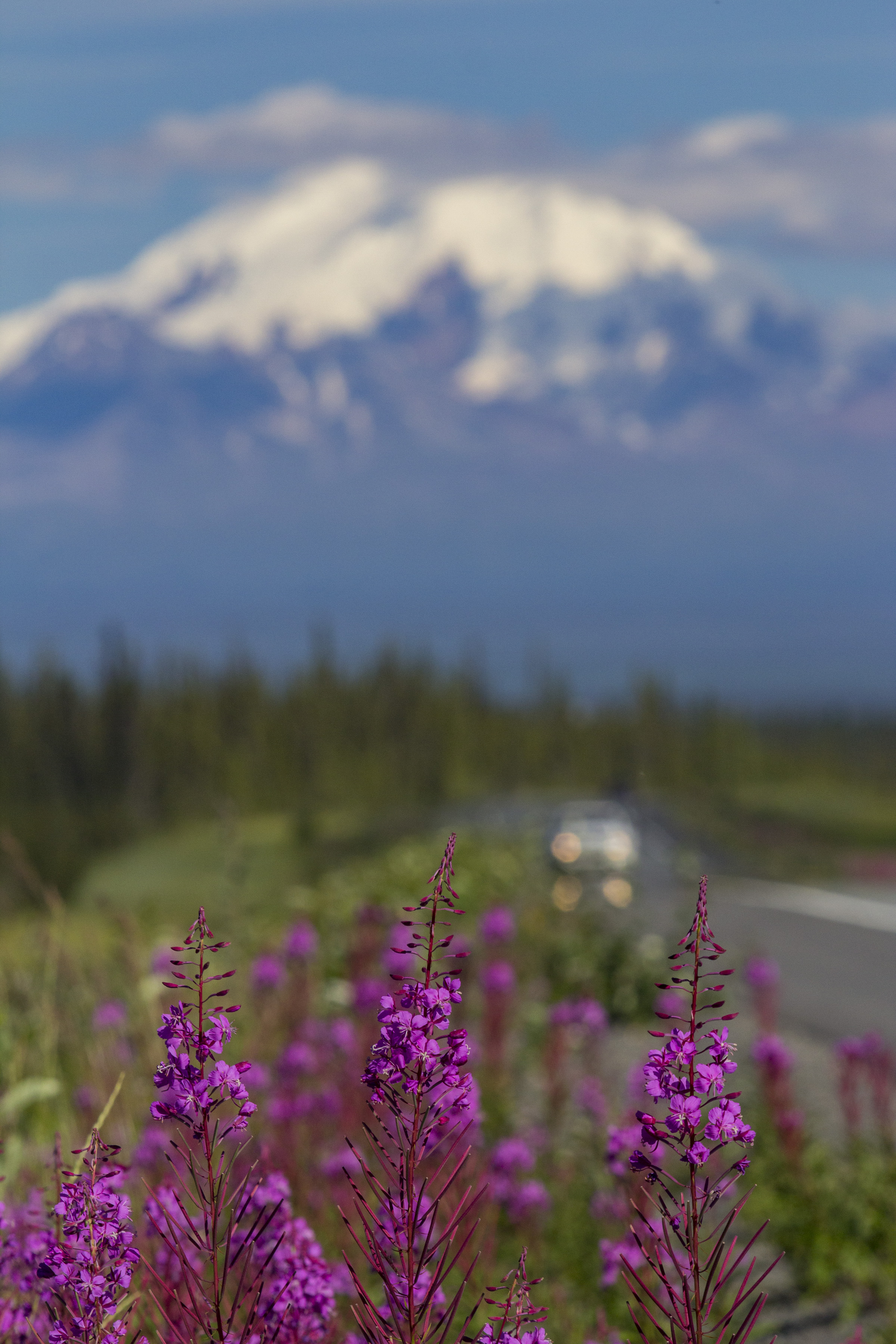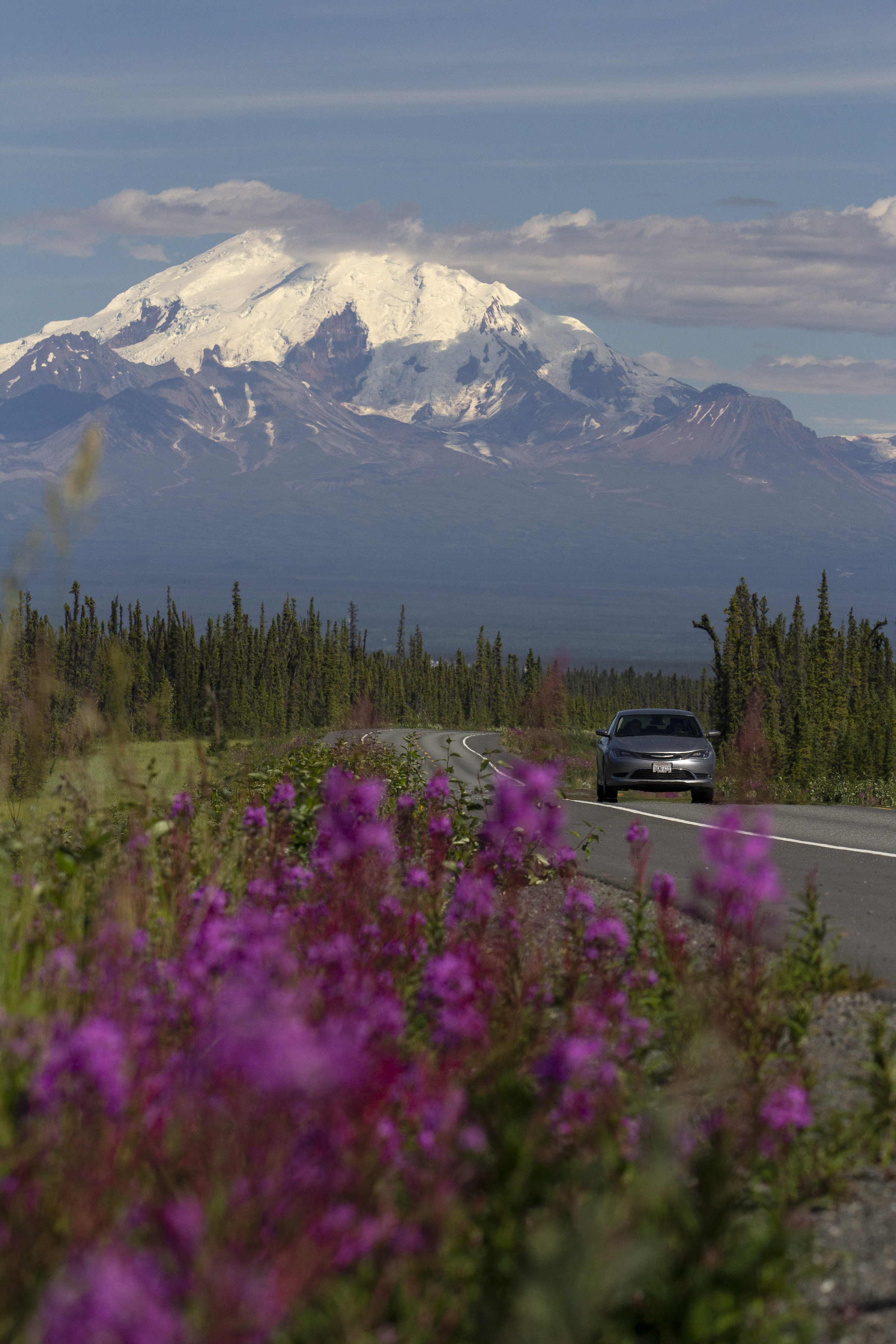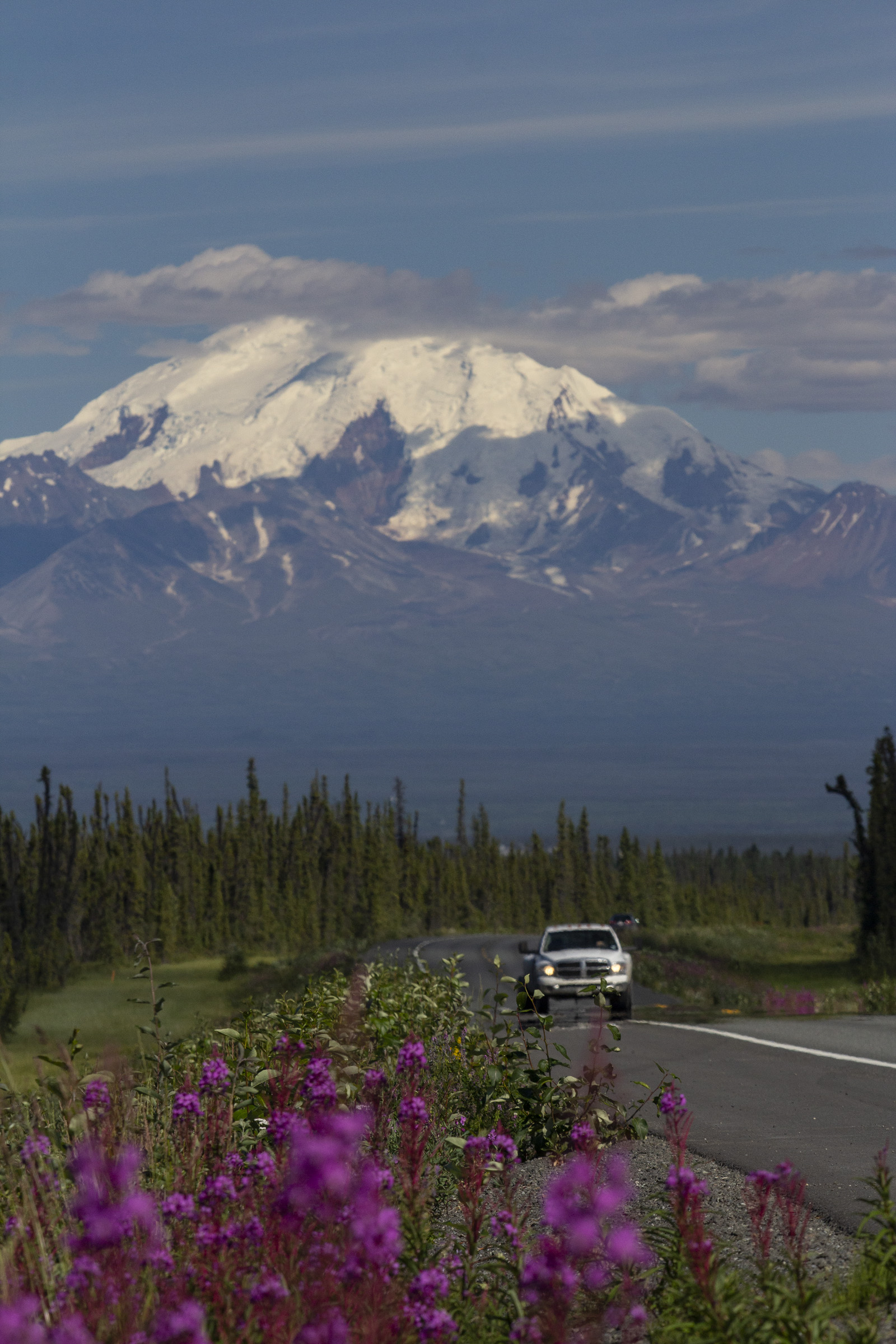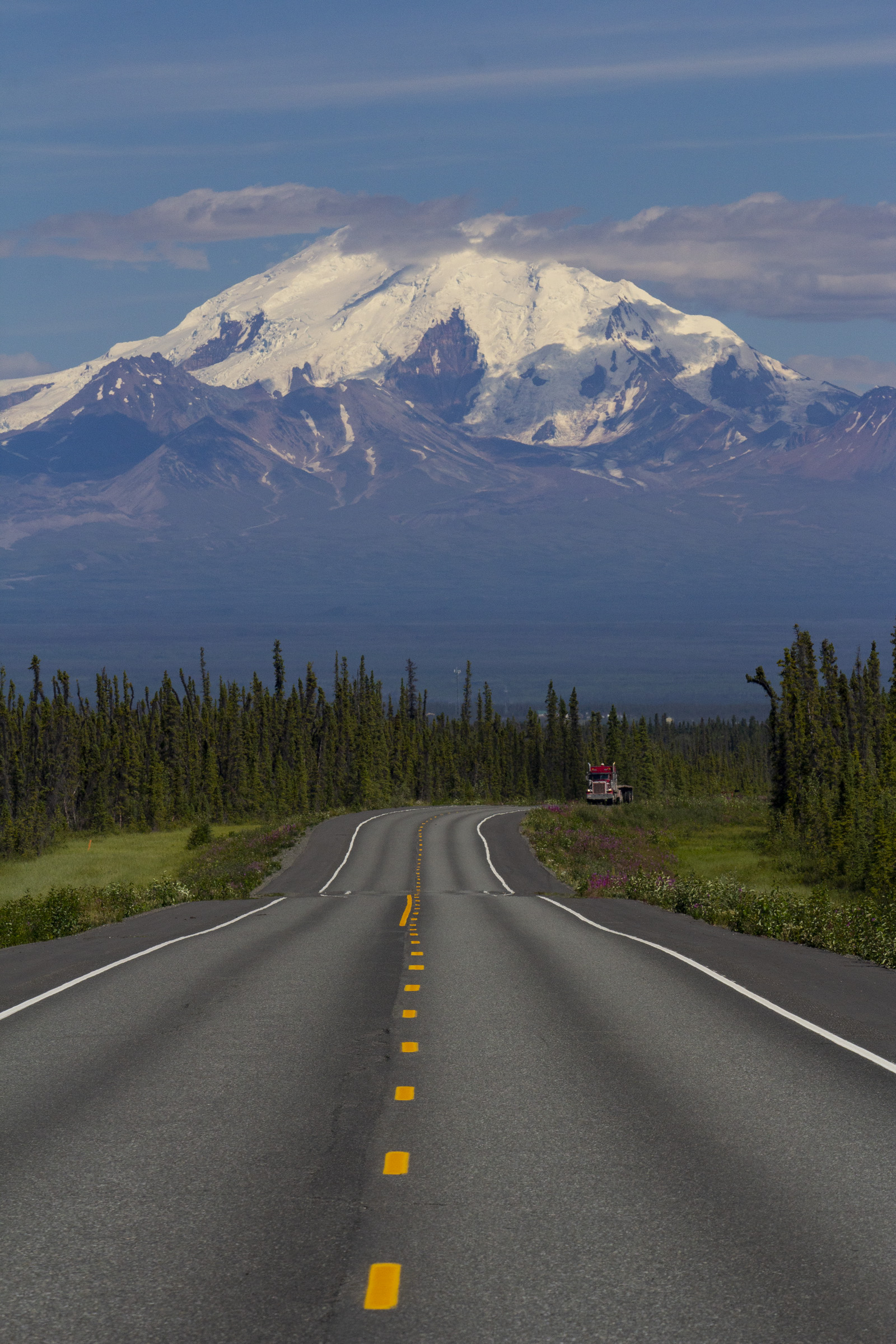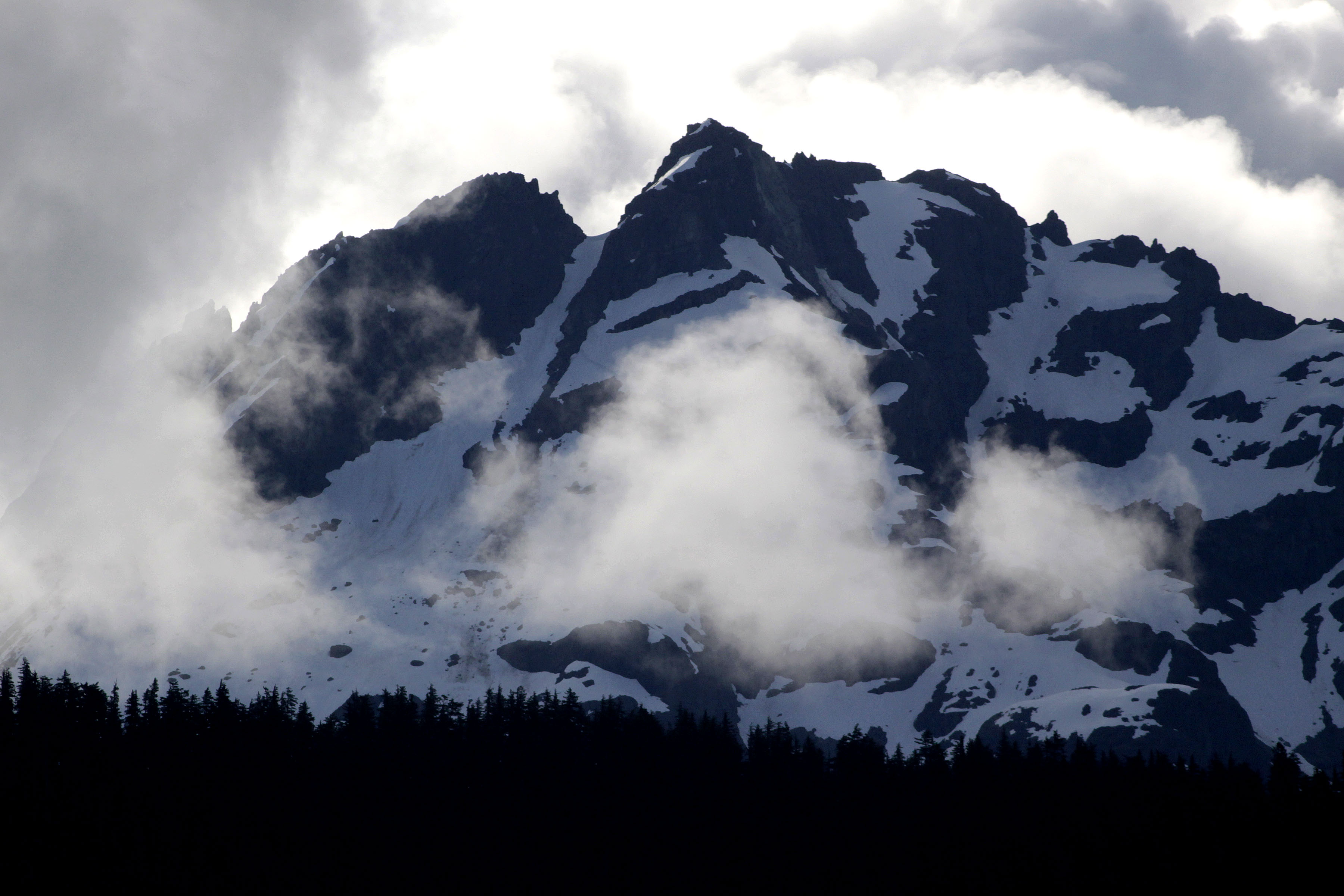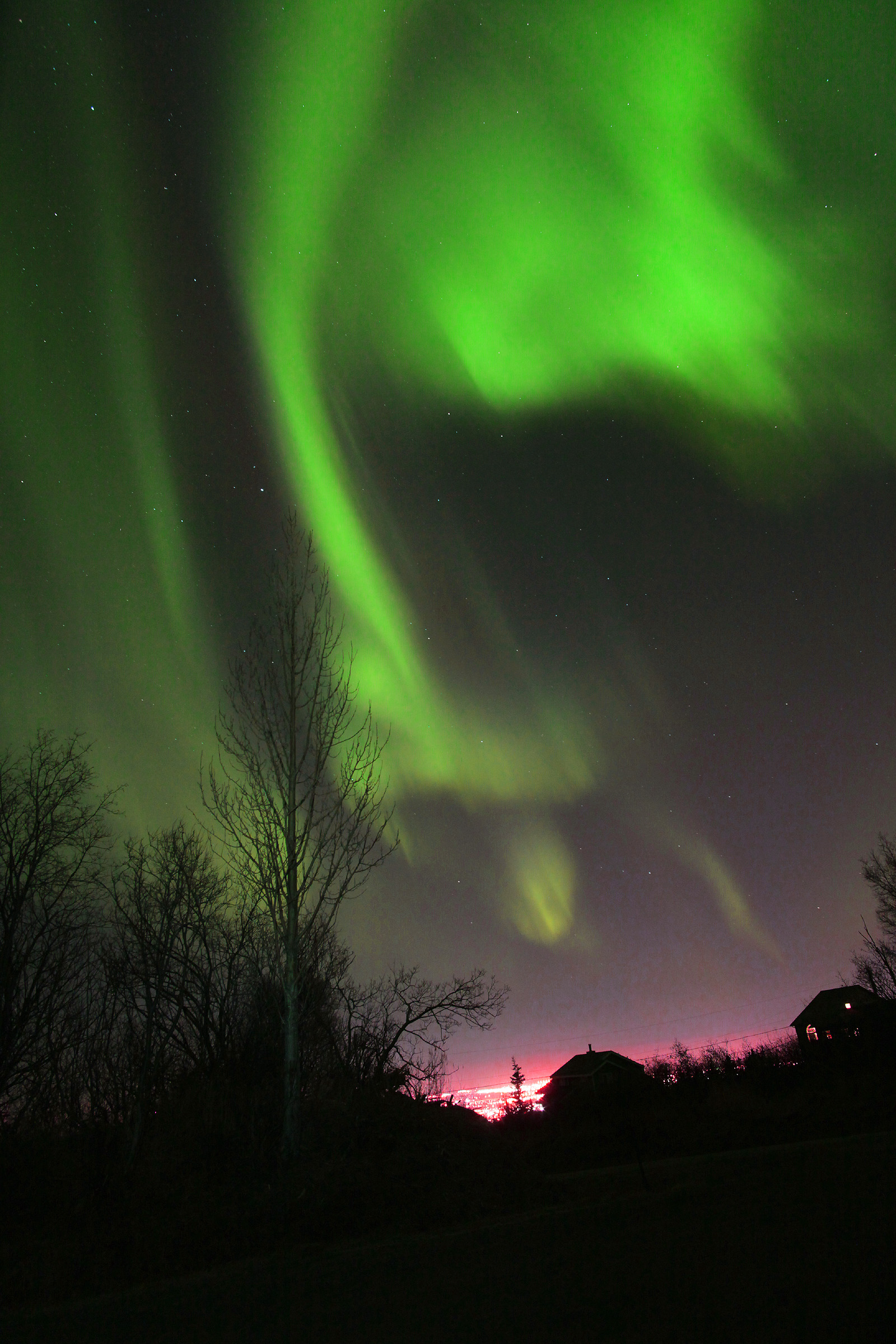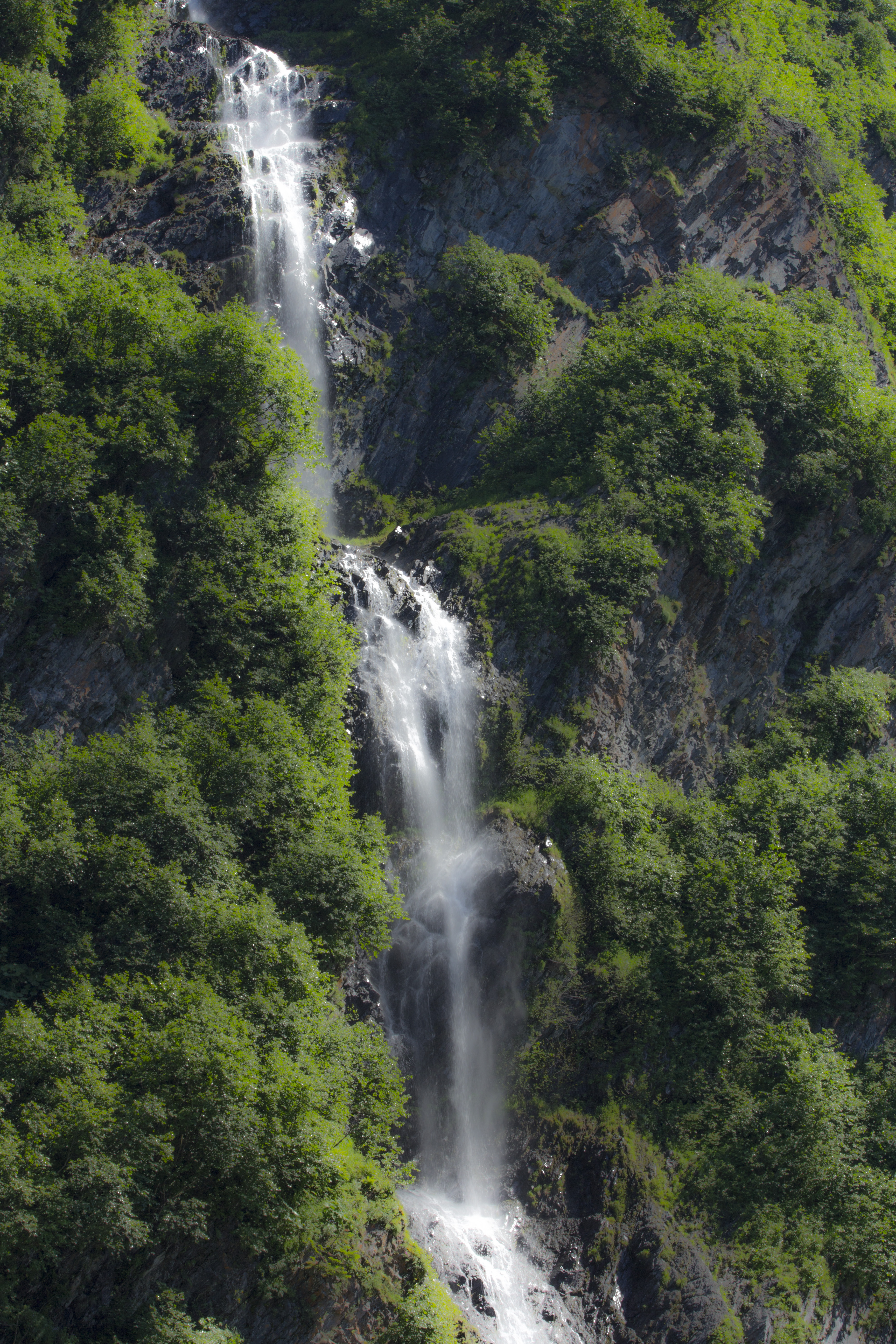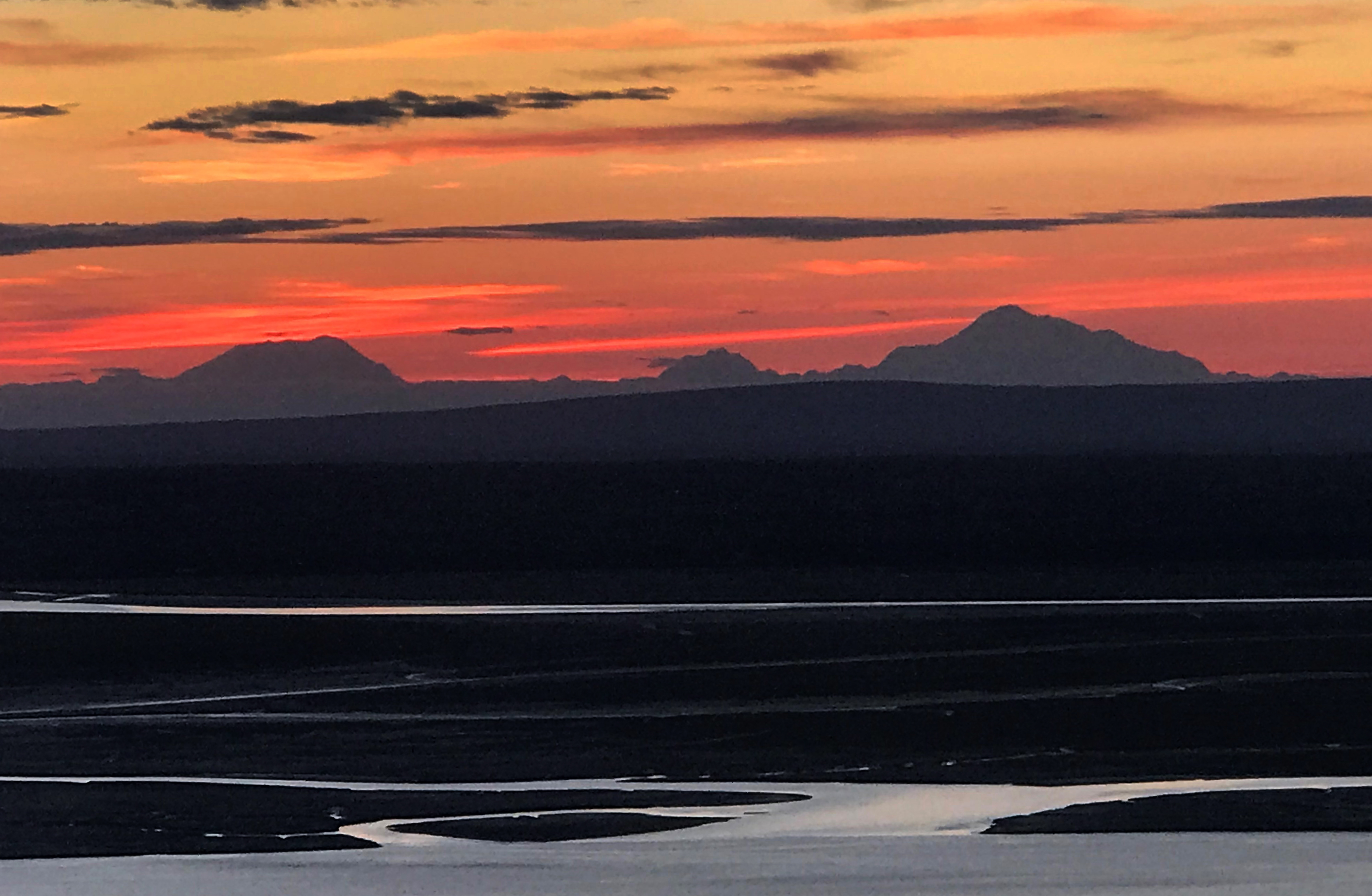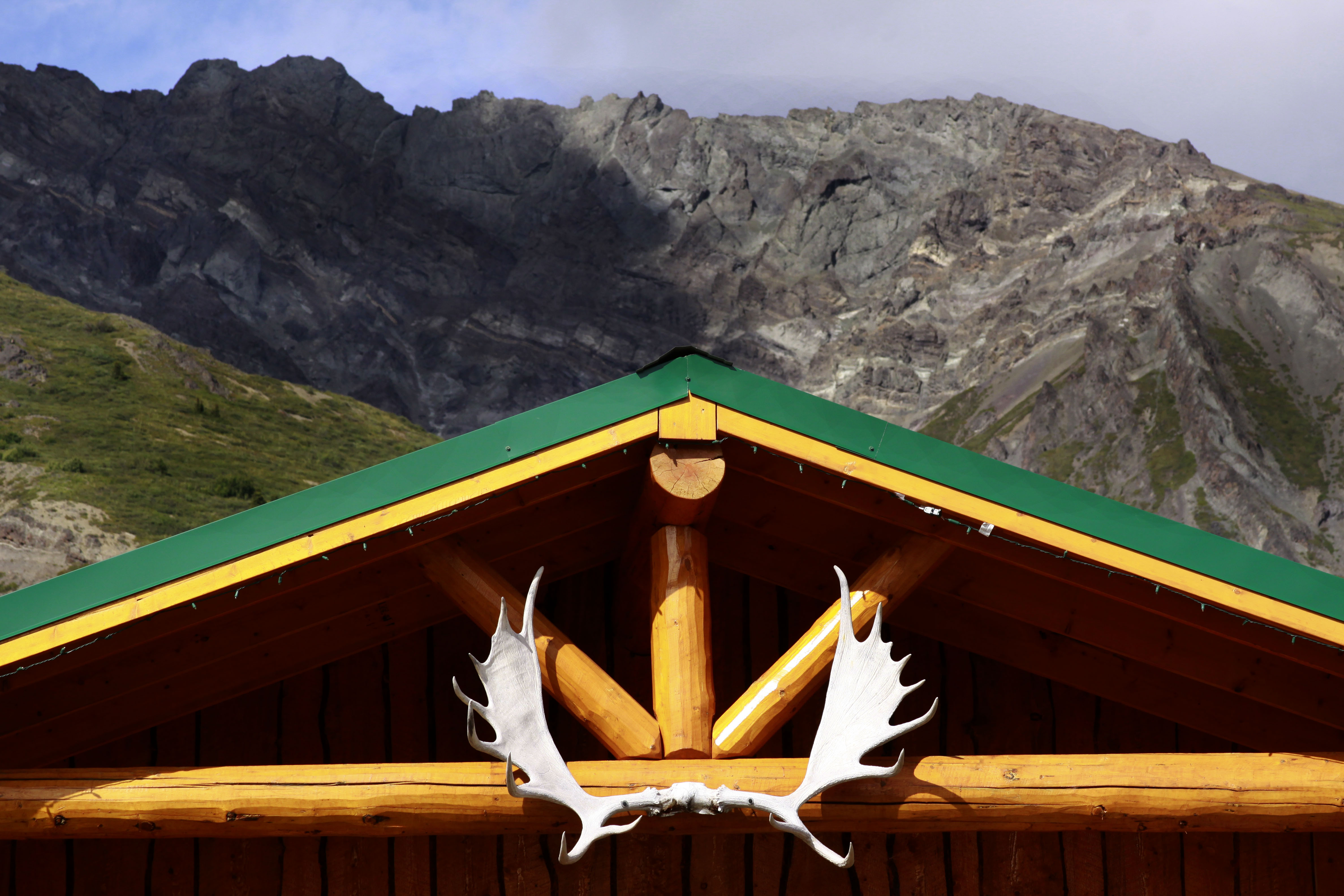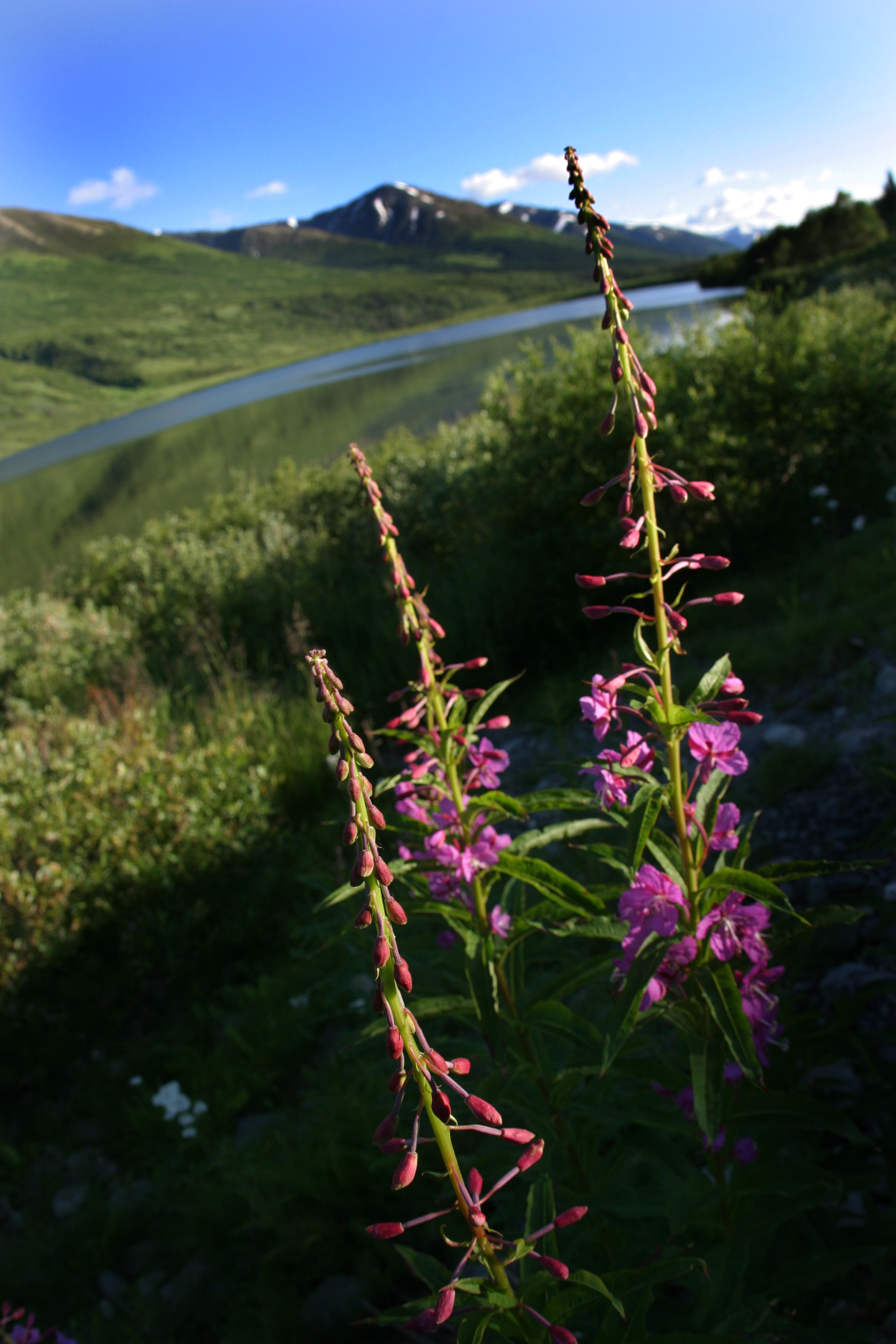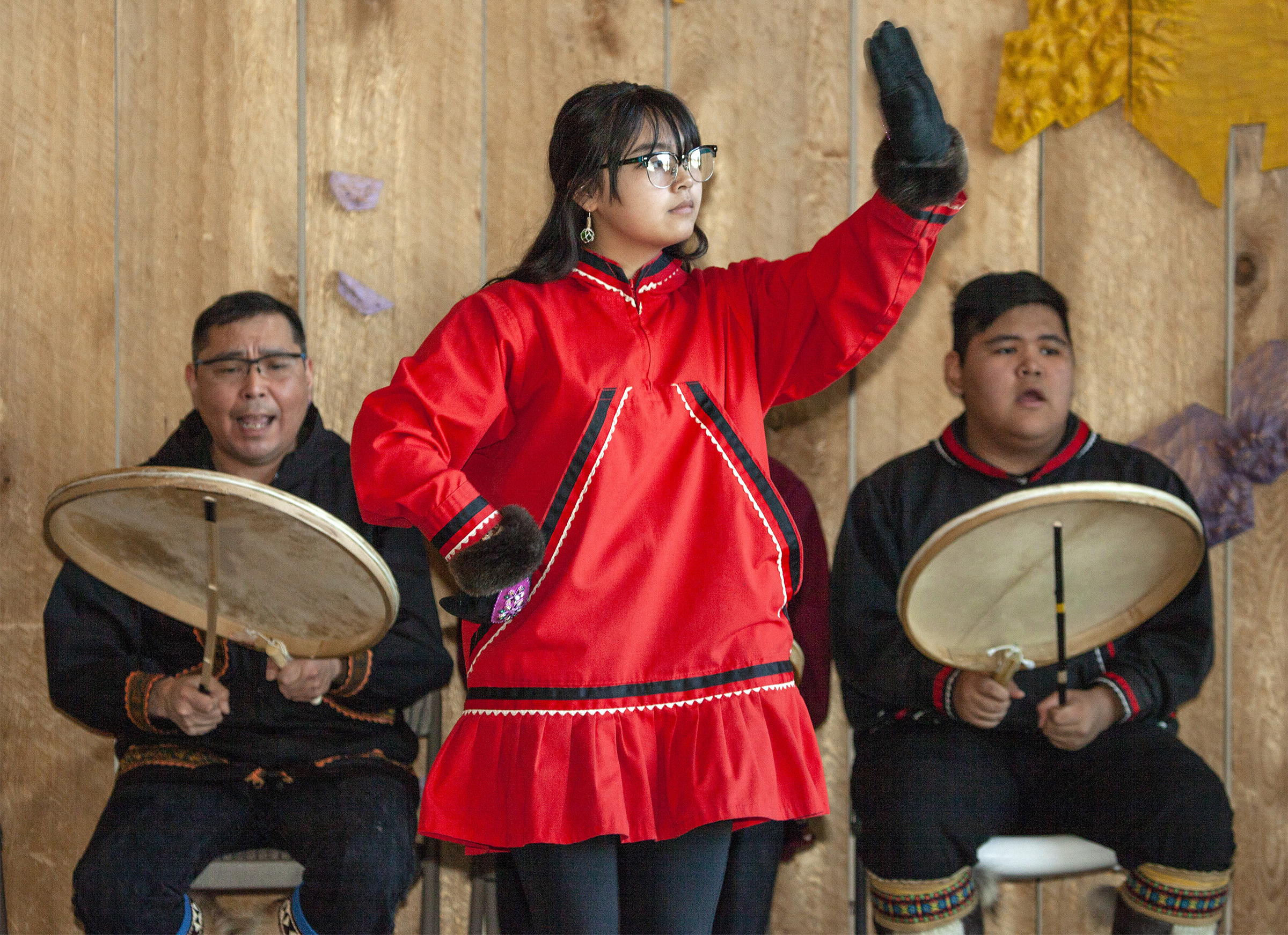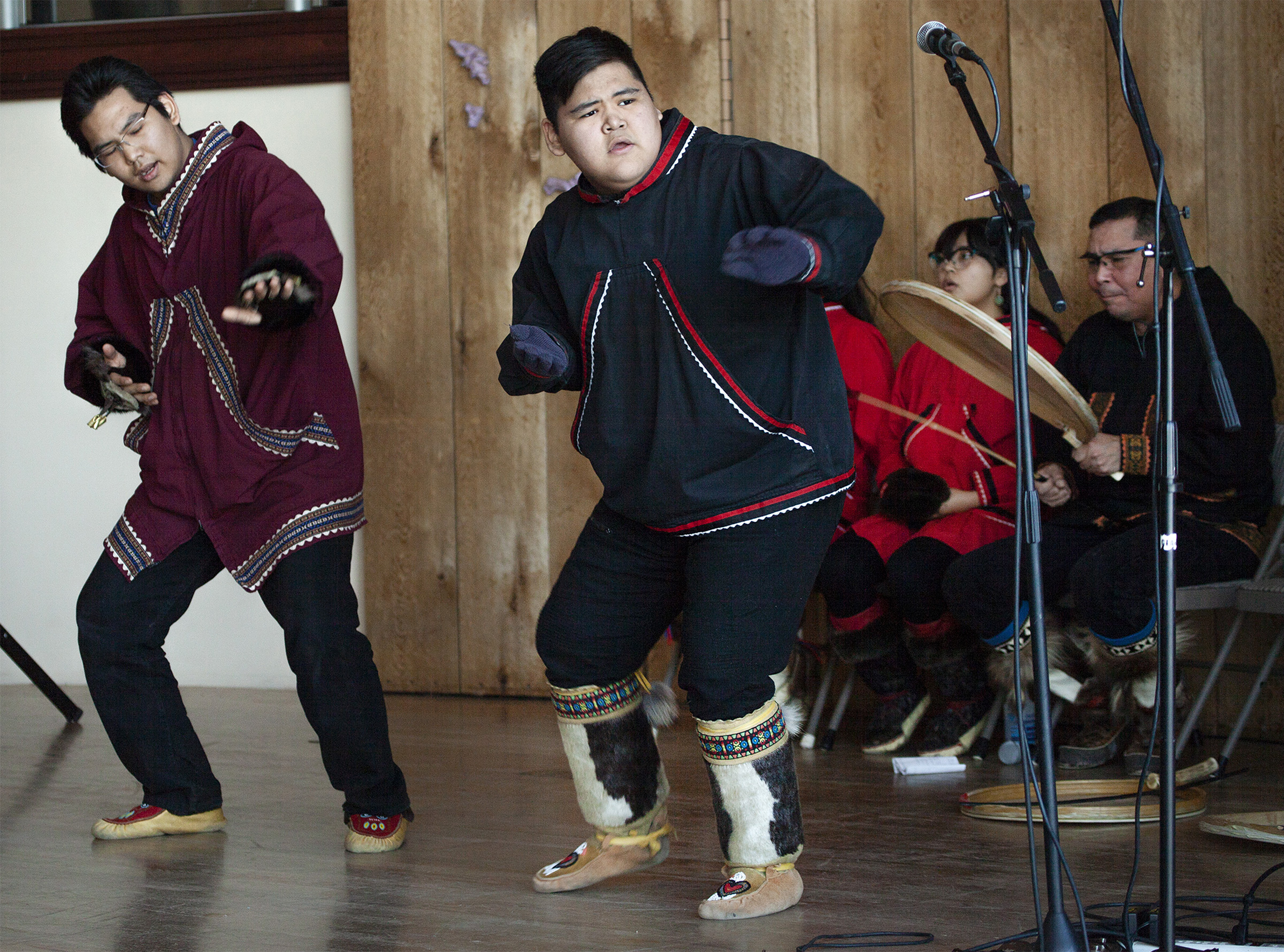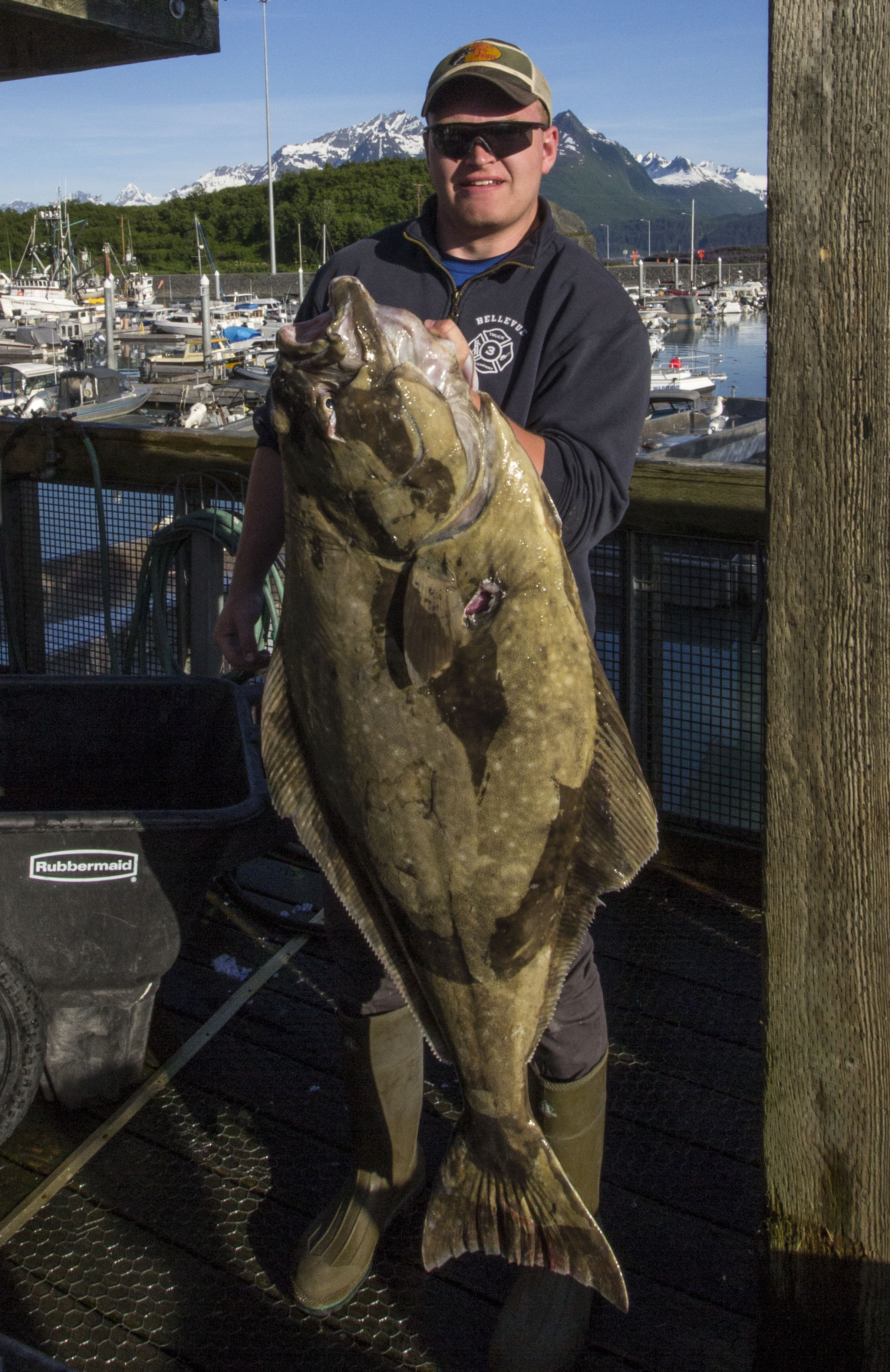[vc_section full_width=”stretch_row_content”][vc_row full_width=”stretch_row_content_no_spaces”][vc_column][vc_single_image image=”4849″ img_size=”full” alignment=”center” css=”.vc_custom_1572361042444{margin-bottom: 0px !important;}”][/vc_column][/vc_row][/vc_section][vc_section][vc_row][vc_column][vc_custom_heading text=”Travel Photography In Alaska” font_container=”tag:h1|font_size:40px|text_align:left” use_theme_fonts=”yes” el_class=”af-category-heading”][/vc_column][/vc_row][vc_row equal_height=”yes”][vc_column width=”5/12″][vc_single_image image=”4851″ img_size=”full” alignment=”center”][/vc_column][vc_column width=”7/12″][vc_column_text]
Travel Photography
Depending upon the type of photography, your goals and where you are going and how you get there will dictate your photo gear for the trip.
For example if you are going to a big city and your making people pictures and places or doing “street photography” you will want to take different equipment than if you are going into the mountains to make large format, Panograph or landscape imagery your choice of gear will differ. Weather and time of year are other factors to pay attention to. Henri Cartier-Bresson, the Godfather street type photography used Leica (Rangefinder 35mm) cameras that were easily tucked into coats and pockets.
While traveling my choice is to pare down to two 2 lighter older DSLR camera bodies with a 17-40mm lens, and the other a 70-200mm in almost every travel situation this range covers everything from wide scene setting shots to close portraits to telephoto effects. This is usually if I am driving and have a vehicle or being chauffeured around.
While taking public transportation on aircraft, busses, taxis, trains, subways I take much smaller cameras. Normally at least a GoPro or a handy cam. Recently I purchased the DJI Pocket Osmo and have been able to shoot 4k video, Jpegs, Panograph and more. While I have it my pocket wherever I go, it can easily be switched on to make photos or video files.[/vc_column_text][/vc_column][/vc_row][vc_row][vc_column][vc_column_text]
Cameras for travel
Find a light easy to use camera that you can manipulate shutter, aperture and manual modes as well as a lens (or lenses) with F/Stops, that allow you adjust them. Practice with it before walking the Jetway or jump in the Jeep.
The newer GoPro 5-8 have large enough digital files to use as both a still camera and shooting in various movie modes. The newer versions have zoom and lateral settings to make them ever more versatile. These are good underwater and have sturdy all round housings but are said to me good without housings in shallow H2O. But don’t forget that when you shoot video there will be no, or very muffled, sound in the housing.
As far as which camera brand that is up to you. I have a friend who shoots Nikons and uses a 180mm lens exclusively for travel imagery and portraits. His work is amazing and he shares his techniques and advice in his books; The Great Picture Hunt volume 2.
Another Photographer uses only the 70-210, and yet another a 100-400mm. So, its up to you what you bring.
Filters for travel-
Don’t forget the filters for your lenses. If you are shooting in wet or steamy environments use the UV filters screwed into the front of your lens. I never leave home without my polarizing filters. I have several but the 72mm and 77mm are the two that fit my usual travel lens set ups.
If you are a more advanced photographer and use add on filters there are many types ranging from under $30 to the higher quality Neutral Density filters with special holders for using over the front of your lens. There are also filters for strobes also called flash attachments that balance strobe lighting to tungsten, florescent, or cooling and warming filters.
Tripod-
As far as using a tripod I only use these for video or long exposure, or HDR imagery. Not very practical to carry these everywhere. If you are using long lenses for action or candid images beyond the 50mm range of people, my suggestion is to get a monopod with a quick release and learn how to use in place of a tripod. Monopods are much easier to carry on and off public transportation and aircraft if they telescope.
The new Gorilla type flexible tripods are easy to use and have quick release shoes for the mounting screw on the bottom of most DLSRs or using the tripod mounts on the GoPro or Pocket Osmo.
Digital Memory-
If you are shooting lots and are not able to use a laptop shoot with the largest digital storage media, your camera will take, and you can afford. 125 Gigabyte and 250GBs are normal for higher resolution still cameras that also shoot video. Take at least 2 64Gigabyte cards minimum.
It is worth it to carry more of these but number them and when they are full lock the Memory Card or tape over the pin hole end of the card to keep from using it again or corrupting the files in other readers. Put them in Ziplock type bags marked accordingly.
Bon Voyage, Safe Travels, Blue Skies![/vc_column_text][/vc_column][/vc_row][/vc_section][vc_section][vc_row][vc_column][vc_custom_heading text=”Our Gallery” font_container=”tag:h2|font_size:40px|text_align:left” use_theme_fonts=”yes” el_class=”af-category-heading af-category-heading2″][vc_row_inner][vc_column_inner][vc_column_text]

